Interim Leadership in Governance and Procurement: Ensuring Seamless Transition and Delivery
In an interim leadership role, I worked closely with the executive team to facilitate and establish governance with third-party suppliers. This involved overseeing the end-to-end procurement and delivery of both software and hardware solutions, as well as implementing new delivery methodologies and processes. Given the nature of the interim position, I had to quickly adapt to the business’s needs, ensure rapid implementation, and provide full documentation for a smooth handover to the business-as-usual (BAU) team.
Key Achievements
1. Establishing Governance with Third-Party Suppliers
Working with the executive team, I established robust governance structures to ensure that relationships with third-party suppliers were managed effectively. This included:
- Setting up formal governance frameworks to oversee procurement and delivery processes.
- Establishing clear lines of accountability and communication between the suppliers and the internal teams.
- Developing SLAs (Service Level Agreements) and KPIs (Key Performance Indicators) to monitor supplier performance.
This governance structure helped ensure that third-party suppliers were aligned with the business’s objectives, providing clarity on expectations and reducing the risk of delays or miscommunications.
2. Managing End-to-End Procurement and Delivery
My role encompassed the full procurement lifecycle, from the initial vendor selection through to final delivery of both hardware and software solutions. This required a hands-on approach to:
- Vendor evaluation: Working with procurement teams to assess potential suppliers based on their ability to meet technical and business needs.
- Contract negotiation: Ensuring that contracts were in place that aligned with the long-term strategy and budget of the business.
- Project delivery: Overseeing the timely delivery and implementation of procured software and hardware, ensuring seamless integration with the company’s existing systems.
This end-to-end oversight ensured that the procurement and delivery phases were managed efficiently, with a focus on maintaining budgetary control and meeting delivery deadlines.
3. Implementing Delivery Methodologies and Processes
To improve overall project delivery, I introduced and implemented delivery methodologies and processes tailored to the business’s specific needs. This included:
- Agile frameworks: Implementing Agile methodologies where applicable to increase flexibility and responsiveness during delivery phases.
- Waterfall approach: For larger, fixed-scope deliveries, the traditional Waterfall methodology was applied, ensuring clear milestones and deliverables were tracked and met.
- Hybrid models: Where appropriate, I combined both methodologies to suit complex projects that required both flexibility and structure.
These tailored methodologies ensured that the business could manage projects efficiently, adapting to changes while keeping the overall delivery on track.
4. Rapid Understanding and Full Documentation for Handover
One of the primary challenges in this interim role was the need for rapid uptake of project requirements and an understanding of the company’s long-term goals. I quickly gained a full understanding of the ongoing and upcoming projects, allowing me to take immediate action.
To ensure continuity, I developed comprehensive documentation for all processes, decisions, and methodologies. This documentation was key to ensuring that, upon completion of my interim role, the Business-as-Usual (BAU) team could seamlessly continue managing supplier relationships, project delivery, and governance frameworks. The detailed handover package included:
- Governance frameworks: Guidelines and workflows for ongoing supplier management.
- Procurement records: Full documentation of all vendor evaluations, contracts, and delivery schedules.
- Project tracking: Tools and processes for tracking future deliveries and ensuring that new methodologies were adopted by the team.
Conclusion
In this interim leadership role, I was able to quickly integrate into the team, establish effective governance frameworks with third-party suppliers, and oversee the end-to-end procurement and delivery of critical hardware and software solutions. By implementing tailored delivery methodologies and providing comprehensive documentation, I ensured a smooth transition for the business-as-usual team. The project not only met its immediate goals but also left the business with the structures and processes in place to maintain long-term success in supplier management and project delivery.
Project Detail
Industry: Housing
Methodology: Agile
Technology: N/A
Sponsor: CEO & Co-founder

